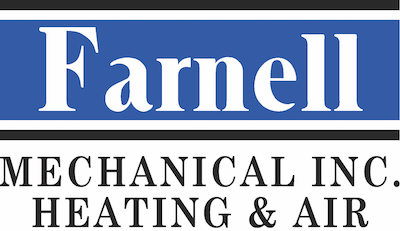
If you’re one of the average American households who spends more than $2,000 every year on heating and cooling expenses, getting a smart thermostat is a fantastic approach to keep heating and cooling bills managed. Although the majority ofhouses have programmable thermostats, chances are yours isn’t being made the most of as it’s on “hold” all the time.
When getting a new thermostat, the Nest smart thermostat is one of the most popular options. That’s since it learns your temperature preferences and schedule, and then develops an energy-efficient schedule to match. You can also monitor and raise it from nearly anywhere with your smartphone.
For the typical home, Nest says its thermostat saves about 10-12% on heating expenses and about 15% on cooling bills. That’s about $131 to $145 saved annually, which helps it pay for itself in less two years. And most utility companies offer rebate programs that help you get a smart thermostat for free or close to it.
When you’re upgrading to a smart home thermostat, you’ll want to be sure it works with your HVAC system. This is especially essential if your equipment is getting old. If it’s not, you could experience troubles, like weird furnace or air conditioner behavior. That’s why it’s essential to have a expert like Farnell Mechanical, Inc. help you choose a new thermostat and handle your smart thermostat installation.
Here’s how to determine if the Nest can run with your HVAC system.
Nest Runs with Most Heating and Cooling Systems
The good news is that Nest designed its thermostat to run with many different 24-volt systems, including aging ones.
This includes heating and cooling systems powered by:
- Natural gas
- Oil
- Electricity
Before you buy a Nest, you can use the Compatibility Checker to provide a simple transition. Once you’ve confirmed it’s a fit, your Nest will guide you through compatibility and wiring when you start using it.
The Nest Learning Thermostat works with the biggest range of home comfort equipment, such as heat pumps, furnaces and air conditioners. It also operates with highly energy-efficient multistage systems, dual-fuel equipment, humidifiers and dehumidifiers, but you’ll often need a professional like Farnell Mechanical, Inc. to handle the complicated wiring and setup procedures.
Does the Nest Have to Have a C-Wire?
If you’ve done research on the Nest, you’ve potentially found info about the C-wire, or common wire. This wire energizes your smart thermostat when it can’t get adequate power from the other wires.
If you don’t have a C-wire, it’s usually still all right to use a Nest. The company says its thermostats were made to consume not much power. In most cases, this means they can run properly without this wire.
Have a smart thermostat without a C-wire and experiencing erratic heating and cooling behavior? An HVAC specialist like Farnell Mechanical, Inc. can put in a C-wire for you.
Our Experts Make Smart Thermostat Installation Easy
Upgrading your thermostat makes it easier to stay on top of your energy and cooling expenses while keeping your {house|residences|home comfy. If you’re thinking about adding a Nest smart thermostat to your home, Farnell Mechanical, Inc. can help you choose the best model for your budget and then expertly install it. Give us a call at 334-524-2458 to start now!
